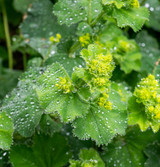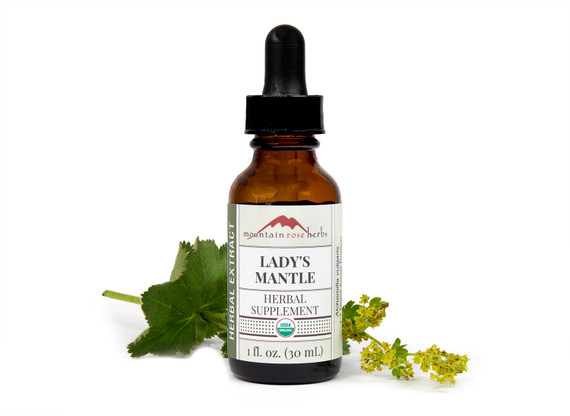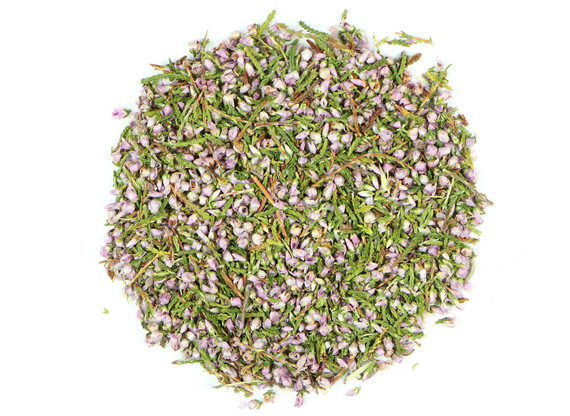Lady’s mantle is a perennial herb found in Europe, Asia, and North America. It is occasionally cultivated; however, it is most commonly seen in unfertilized grasslands and mountain slopes. This member of the rose family has a long history in traditional European herbalism for its beneficial uses. Alchemilla vulgaris is generally steeped as lady’s mantle tea and blended into botanical infusions.
This beneficial herb has been referenced in many herbal and magical circles since the middle ages. Its first appearance in a botanical tome was in Jerome Bock's "History of Plants" in 1532. Its scientific name Alchemilla is a derivative of the Arab work Alkemelych, or alchemy, so called for the plant's magical potency. Folklore concerning Lady's Mantle seems to focus on the dew that is gathered on the leaves at the center of its furrowed leaves, which is said to be a key ingredient in several alchemical formulas. The dew was also said to be collected and used as a beauty lotion. Lady's Mantle was first associated with the worship of the Earth Mother, but as Christianity spread, and like many pagan symbols before it, it was absorbed and eventually became associated with the Virgin Mary.
Precautions
No known precautions. We recommend that you consult with a qualified healthcare practitioner before using herbal products, particularly if you are pregnant, nursing, or on any medications.
This information has not been evaluated by the Food and Drug Administration. This product is not intended to diagnose, treat, cure, or prevent any disease. For educational purposes only.












